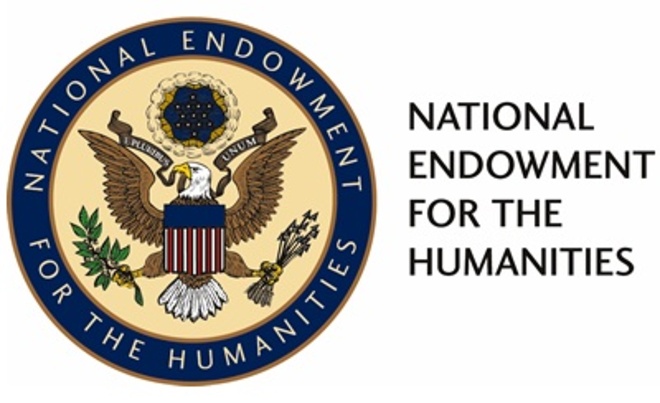The Bard Graduate Center: Decorative Arts, Design History, Material Culture, in New York City, has been awarded a $152,761 grant from the National Endowment for the Humanities to initiate a four-week NEH Summer Institute in July 2011 for college teachers to study American Material Culture: Nineteenth-Century New York. With leading practitioners from the multi-disciplinary material culture field as its faculty, the institute will focus on nineteenth-century artifactual materials with an emphasis on New York City as a national center for fashioning cultural commodities and promoting consumer tastes. The intention is to bring the study of material culture into wider use for teaching and research in the humanities.
There are three major intellectual goals for the institute, according to director David Jaffee, who is also professor and head of New Media Research at the BGC:
- It will provide a broad introduction to the historiography of material culture studies in the United States, with an emphasis on methods and models, with examples drawn from art history, history, anthropology, sociology, historical archaeology, cultural geography, folk-life studies, cultural studies, and literary criticism.
- Nineteenth-century New York City will serve as the case study for the four weeks of study, drawing on the rich existing scholarly literature and the city’s wonderful range of local collections in well-known museum collections and lesser known historic house museums. By using a range of cultural institutions including the African Burial Ground, the Museum of the Chinese in America, the Merchant’s House Museum with its interpretation of Irish servants, and the Lower East Side House Museum-a tenement house museum that interprets the complex ethnicity of the neighborhood’s nineteenth-century inhabitants- the city will be the laboratory to explore important issues of broad curricular impact that participants can then apply to their own locales.
- Participants, by intensive engagement and hands-on work with the wide range of materials that were made or used in the nineteenth century, will become familiar with the methods and modes of material culture study. Participants will make use of leading regional collections on field trips to the Hudson River estates and the Yale University Art Gallery.
“We are also excited to include an introduction to the use of new media for digital exhibitions by making ample use of our newly opened Digital Media lab and its staff of innovative practitioners,” said Dr. Jaffee.
The institute draws upon the intellectual and pedagogical expertise of a consortium of individuals and institutions that make up the field of material culture studies, as represented by the Consortium for American Material Culture (CAMC). Founded by the BGC in 2007, CAMC brings together academics and curators at leading and relatively local institutions: Boston University, Brown University, Yale University, Winterthur Museum, University of Delaware, University of Wisconsin-Madison, Smithsonian Institution, Brooklyn Museum, New-York Historical Society, and The Metropolitan Museum of Art.
For more information about the institute or for application requirements, visit www.bgc.bard.edu/neh-institute.
The National Endowment for the Humanities has designated this institute as part of its “We the People” initiative, designed to encourage and enhance the teaching, study, and understanding of American history, culture, and democratic principles.
Any views, findings, conclusions, or recommendations expressed in this program do not necessarily reflect those of the National Endowment for the Humanities.

